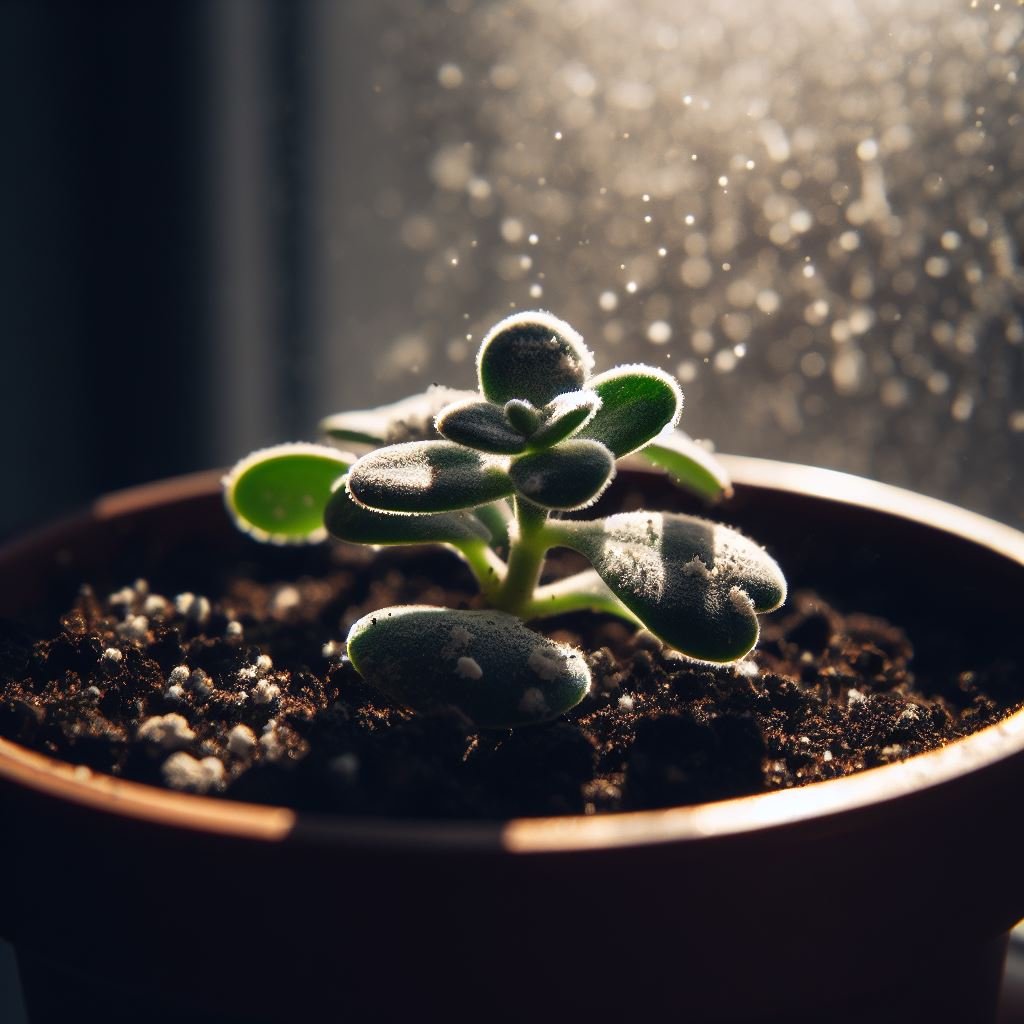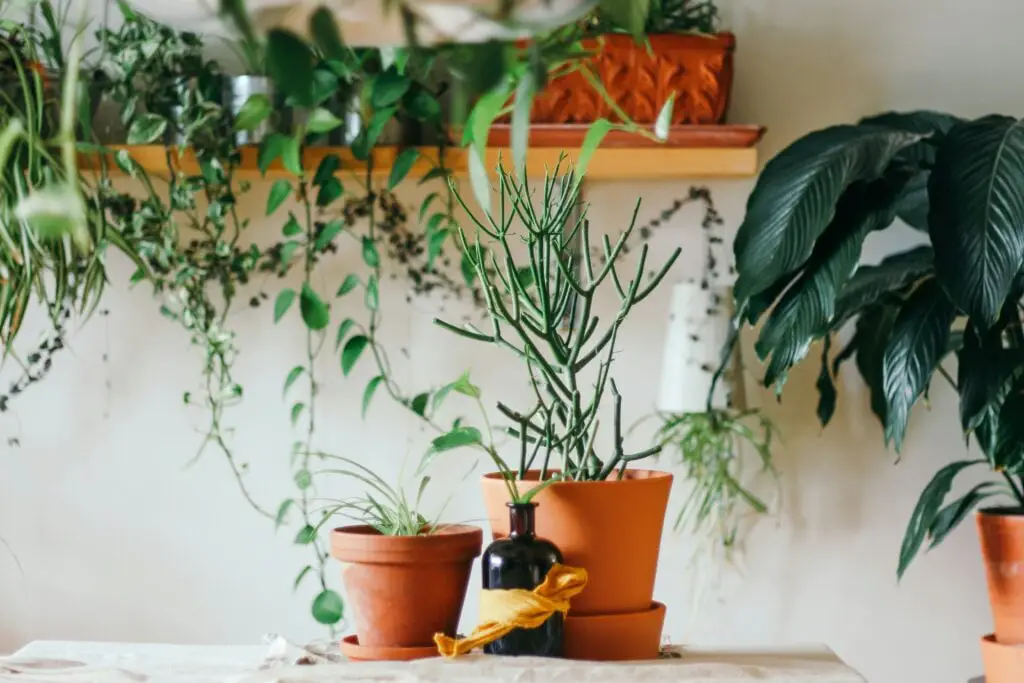Table of Contents
Mold is a type of fungus that grows on organic matter, such as plants, food, or wood. Mold can be beneficial or harmful for plants, depending on the type, amount, and context of the mold growth. Here, we’ll go over the pros and cons of mold for plants, and how to prevent or treat mold problems in your garden or houseplants.
How Does Mold Affect Plants?
Mold can affect plants in different ways, depending on the species of mold and the plant. Some of the possible effects are:
Decomposition
Mold can help break down dead plant material and return nutrients to the soil. This is a natural and beneficial process that occurs in compost piles and forest floors.
However, mold can also decompose living plant tissue, causing rot, decay, and death. This is a common problem for plants that are overwatered, poorly drained, or damaged by pests or diseases.
Disease
Mold can cause or spread diseases in plants, such as powdery mildew, gray mold, damping-off, and root rot. These diseases can affect the leaves, stems, roots, flowers, or fruits of the plant, reducing its growth, quality, and yield. Some mold diseases can also infect humans or animals, causing allergic reactions, respiratory problems, or skin infections.
Symbiosis
Mold can form symbiotic relationships with some plants, such as orchids, lichens, and mycorrhizal fungi. In these cases, the mold and the plant benefit each other by exchanging nutrients, water, or protection.
For example, orchids rely on specific molds to germinate their seeds and provide them with minerals, while lichens are composed of a fungus and an algae or a cyanobacterium that share resources and habitats.
Competition
Mold can compete with plants for space, light, water, and nutrients. This can reduce the plant’s ability to grow and thrive, especially if the mold is invasive or aggressive.
For example, some molds can grow on the surface of the soil, forming a crust that prevents water and air from reaching the plant roots, or on the leaves, blocking the sunlight and reducing photosynthesis.

How to Prevent or Treat Mold Problems in Plants?
The best way to prevent or treat mold problems in plants is to provide them with optimal growing conditions and good hygiene practices. Here are some tips to follow:
Choose the right plants for your environment
Different plants have different preferences for temperature, humidity, light, and soil. Choose plants that are suitable for your climate and location, and avoid plants that are prone to mold problems in your area.
Water wisely
Overwatering is one of the biggest causes of mold problems in plants, as it creates a moist and stagnant environment that favors mold growth.
Water your plants only when the soil feels dry to the touch, and make sure the excess water drains well. Avoid watering the leaves or the flowers, as this can increase the risk of mold diseases.
Succulents are a great example of plants that get moldy fast if you try to water them because they barely need any! I have first hand experience in this — even when I just used an eye-dropper to give it water.
Improve the air circulation
Mold thrives in humid and stagnant air, so it is important to provide good ventilation and air movement around your plants.
You can do this by spacing your plants properly, pruning them regularly, using fans or opening windows, or moving your plants outdoors if possible.
Clean and disinfect your tools and pots
Mold spores can spread easily from one plant to another through contaminated tools, pots, or soil. To prevent this, you should clean and disinfect your tools and pots before and after using them, and use fresh, sterile, or pasteurized soil for your plants.
You can also sterilize your seeds before planting them, by soaking them in a solution of water and bleach or hydrogen peroxide for a few minutes.
Remove and dispose of infected plant parts
If you notice any signs of mold on your plants, such as white, gray, or black fuzzy growth, spots, patches, or discoloration, you should remove and dispose of the infected plant parts as soon as possible. Do not compost or reuse them, as this can spread the mold spores to other plants or areas.
You can also apply fungicides or natural remedies, such as baking soda, vinegar, or neem oil, to treat the mold and prevent it from spreading.

Conclusion: Is Mold Good For Plants?
Mold can be good or bad for plants, depending on the type, amount, and context of the mold growth. Mold can help decompose dead plant material, form symbiotic relationships with some plants, or cause or spread diseases, decomposition, or competition in others.
To prevent or treat mold problems in plants, you should provide them with optimal growing conditions and good hygiene practices, such as watering wisely, improving the air circulation, cleaning and disinfecting your tools and pots, and removing and disposing of infected plant parts.
By following these tips, you can enjoy healthy and beautiful plants, free of mold. Let me know in the comments what your experience has been!
